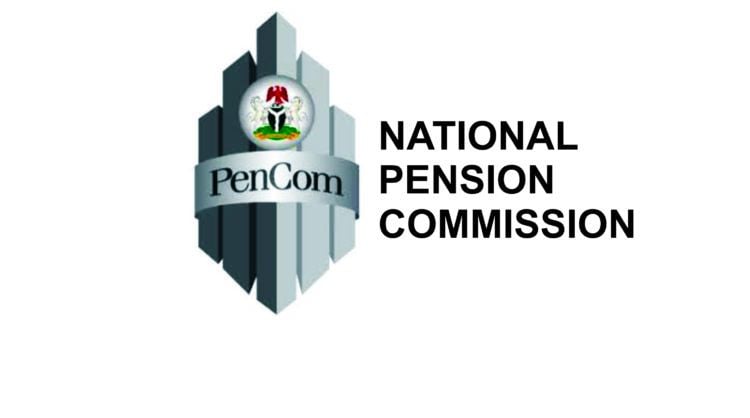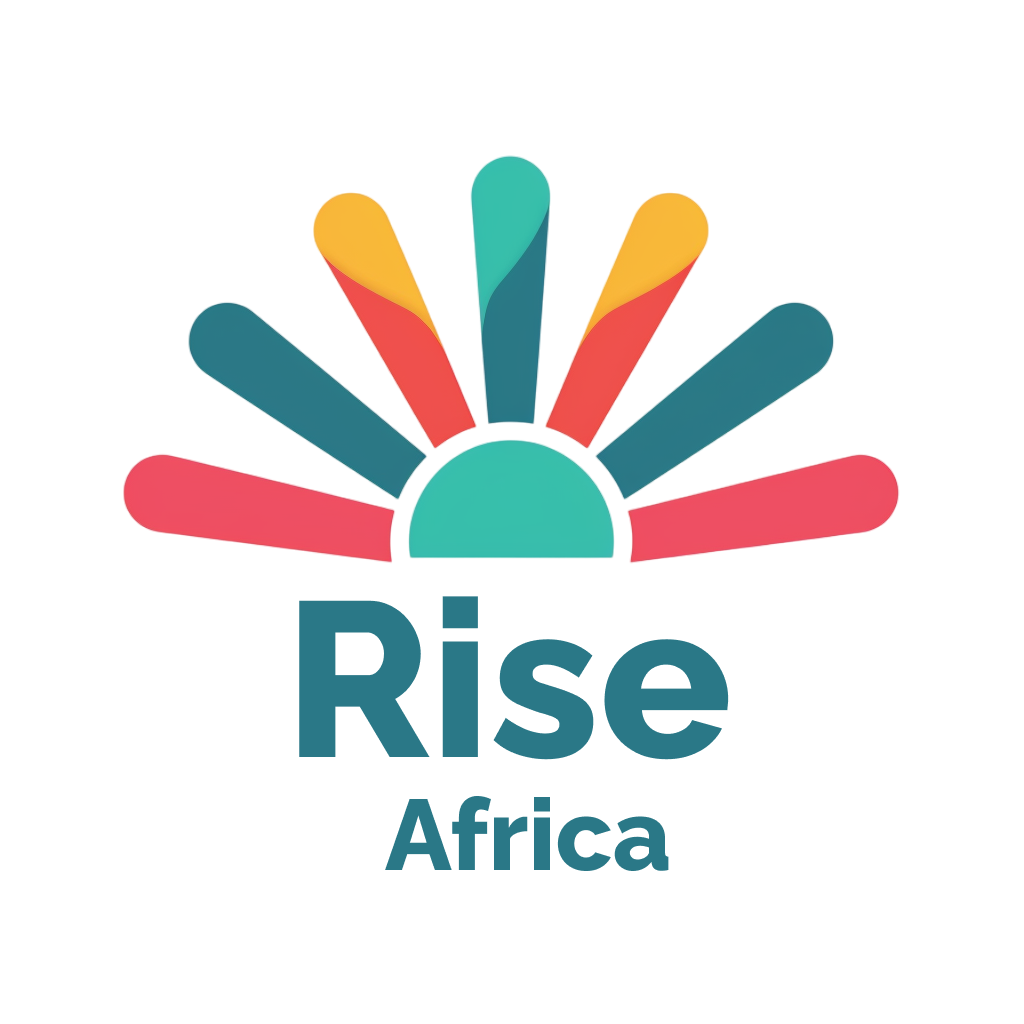Storytelling has become central to how software brands attract and retain buyers in a crowded market. In this interview with JUSTICE OKAMGBA, business content strategist Jessica Orika-Owunna explains why SaaS firms must move beyond SEO tactics, embrace ROI-driven strategies, and integrate AI tools while keeping human-led storytelling at the core of their marketing
You started your career in Nigeria and now run your own content brand firm in the United States. How would you describe that journey?
The journey so far has been about taking steps even when I didn’t have the full picture, staying adaptable, and actively learning from feedback.
I started out in 2017 as a generalist writer, taking on every project that came my way. I wrote product review blog posts, tour guides, business proposals, personal statements and motivation letters for Nigerian master’s students looking to study abroad, full-length non-fiction books, and even vow renewal lines. At that point it was less about career clarity and more about survival, since I had not done my NYSC, and getting a regular job as a computer engineering graduate was difficult.
The big turning point came in 2021 when I landed my first international role. That was where I grew from being a writer into a content marketer. During my time there, I created in-depth B2B growth case studies that were cited by companies like HubSpot and ClickUp, and I managed the weekly newsletter that attracted sponsorships from brands like Marketing Brew. Seeing those projects drive visibility, leads, and revenue for the company made the impact of my work feel tangible in a way it never had before.
After that role, I continued independently with SaaS companies like Hotjar and Softr, and those experiences pushed me to incorporate my own firm, SaaS Content Brand, in the United States, where I now help companies use content to drive real business growth.
What inspired your focus on SaaS content marketing and keeps you passionate about this niche?
My biggest inspiration is taking complex product features and turning them into simple benefits that make sense to the buyer. I love seeing how the right message, shared at the right time and on the right channel, can convince someone who is actively searching for a solution to try the product, book a demo, or reach out to sales and how those actions lead to real ROI for the business.
I also enjoy working on a variety of products across multiple use cases and industries. One day I’m developing a customer success metrics guide for a digital experience platform looking to attract managers who want to track and optimise KPIs in one place, and the next, I am repurposing a customer webinar on navigating financial uncertainty into a guide that helps finance professionals see the value of adopting an AI-powered FP&A platform.
There is always a new story to tell and a new challenge to solve, and that novelty keeps work exciting and never repetitive.
Having worked across five continents, what differences have you noticed in how businesses approach content strategy globally?
The biggest difference I’ve noticed is cultural nuance, especially around language and where people go for information. In Nigeria, a lot of B2B software companies lean on social media and even offline marketing because that’s how people pick up trends and decide which brands to trust.
In the Americas, Europe, and Australia, it’s more of an omnichannel play. Many companies publish long-form educational blogs and then repurpose them into YouTube videos, LinkedIn carousels, newsletters, and even content for communities like Reddit and Quora. Some start with social and then expand into website and newsletter content. The idea is to spread their content out so they’re not relying too heavily on one platform. It’s been exciting to see Nigerian brands like PiggyVest do this really well too.
What are some of the biggest challenges you faced while building your brand in a new country, and how did you overcome them?
Accessing financial platforms was one of the biggest challenges. When I launched my company in 2024, it happened to be the same year Mercury stopped accepting users from Nigeria and a few other countries, even for businesses already registered in the U.S. It took a while to find a reliable alternative, but my clients were patient through the process, which helped me keep things steady until it was sorted.
Another challenge was impostor syndrome. Moving into a new market can make you doubt whether you really belong, but leaning on the results I’d already delivered for global clients gave me confidence. Over time, I realised I didn’t need to prove my worth from scratch. I just needed to keep showing up, doing the work, and building on the authority I had already established to position myself better in the new market.
How has your Nigerian background influenced your work and given you an edge in the international SaaS content space?
You know the popular saying, ‘Naija no dey carry last’? I think that mindset has shaped how I approach opportunities in this industry. For me, it means being flexible and learning quickly from feedback. When I got my first international in-house role, I struggled with interpreting editor comments, keeping up with time zone differences, and even understanding my first performance review. To avoid falling behind, I started keeping a checklist of every piece of feedback I received so I wouldn’t repeat the same mistakes and could track my progress. That feedback habit has stuck with me, and it’s often mentioned in client testimonials and performance reviews as one of the things that elevates the quality of my work.
What advice would you give to the many young Nigerians who aspire to build global careers in tech and content?
The first thing I would say is to be intentional. The content marketing industry in 2025 looks very different from what it was in 2017 when I started. With the rise of generative AI and rapid shifts in how teams work, it’s important to stay aware of where the industry is headed.
Companies today care about speed and adaptability. Many are hiring people with not just writing skills but also technical awareness. There’s a growing demand for marketers who know how to use AI tools to scale their output, not to replace your thinking. It’s about knowing how to use it effectively as an assistant while still leading with your own brain and creativity.
Also, focus on doing the work and put yourself out there. You don’t have to know everything to show up. You can share what you’re currently learning, how you’re approaching a topic, or what your thought process looks like. The more you do the work and share what you’re learning, the stronger your skills become, and the easier it is for the right opportunities to find you.
How does storytelling help SaaS brands stand out in a crowded digital marketplace?
Storytelling helps SaaS buyers see themselves in the content. It shows them how the product solves their problems or makes their job easier, and it guides them to a natural next step. B2B decision-makers don’t have the time for walls of text or fictional setups, so it’s better to lead with a relatable pain point, a goal they care about, or a real scenario they recognise. Pair that with clear visuals, actionable tips, real examples, and verifiable stats, and you’ve got a recipe to capture and keep their attention. It’s not one size fits all, but the same elements can work across social media as long as you adapt them to each channel.
Looking ahead, what’s next for your firm, and how do you see the SaaS content space evolving in the coming years?
For my firm, the focus is on scaling the systems we’ve already built. The SWAT Playbook has been a big differentiator for us, so we’re investing in making it even more valuable for SaaS teams that want consistent bottom-of-funnel content without burning out their internal teams. I also see us growing our network of collaborators so we can take on more projects while keeping the same level of quality.
For the SaaS content space, I think the next few years will separate brands that create content just to rank on Google from those that use it to solve real pain points and meet their audience on the platforms they actually use, in the formats they prefer.
Also, AI will play a role in production, but the companies that win will be the ones that tie content back to real product knowledge and customer insight. That’s where I see the space heading, and that’s the gap I want my firm to keep filling.


















